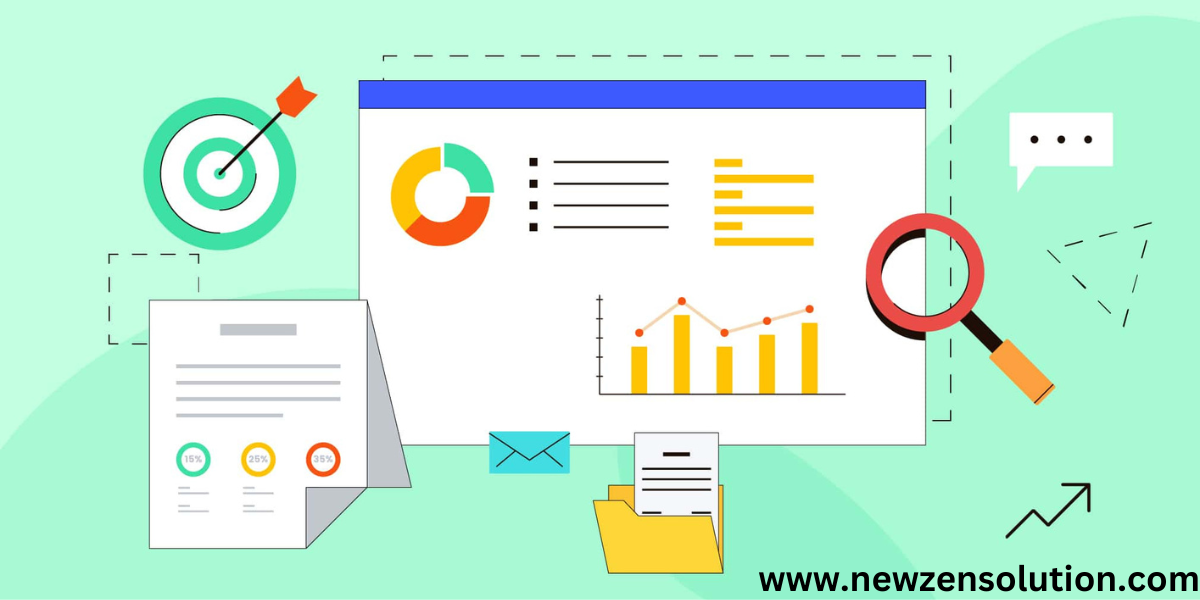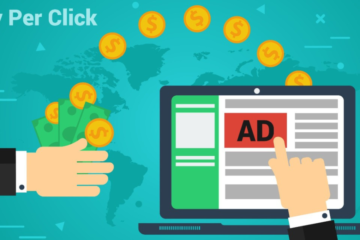In today’s fast-paced digital landscape, analytics plays a crucial role in shaping marketing strategies. With businesses investing heavily in digital marketing, understanding the data generated by campaigns can lead to better decision-making, improved customer targeting, and ultimately higher returns on investment (ROI).
This article will explore how to effectively use analytics for digital marketing insights, highlighting key tools, strategies, and best practices to optimize your campaigns.
1. What is Digital Marketing Analytics?
Digital marketing analytics refers to the process of collecting, measuring, and analyzing data from various digital marketing channels to assess campaign performance. With this data, marketers can evaluate customer behaviors, identify trends, and make informed decisions that optimize their marketing efforts.
Types of Digital Marketing Analytics
- Web Analytics
- Social Media Analytics
- Email Marketing Analytics
- SEO Analytics
2. The Role of Analytics in Shaping Digital Marketing Strategies
Using analytics effectively can transform your marketing strategy. Here’s how it supports different aspects of digital marketing:
- Customer Segmentation: Identify different audience segments for personalized marketing.
- Campaign Tracking: Measure the success of ad campaigns, email marketing, and social media promotions.
- Performance Analysis: Track KPIs such as CTR (Click-Through Rate), CPC (Cost Per Click), and conversion rates.
Example:
A study found that businesses using analytics tools were able to increase their ROI by 30% on average by optimizing their marketing campaigns based on data insights.
3. Key Metrics in Digital Marketing Analytics
Understanding key metrics is fundamental to utilizing analytics effectively. Below are essential metrics to track for actionable insights:
- Traffic Sources
- Organic search
- Paid search
- Referral traffic
- Social media
- Conversion Rate: The percentage of visitors who complete a desired action on your website.
- Customer Acquisition Cost (CAC): How much it costs to acquire a new customer.
- Bounce Rate: The percentage of visitors who leave your site after viewing only one page.
- Return on Investment (ROI): Measures the profitability of your campaigns.
4. Tools for Digital Marketing Analytics
Choosing the right analytics tools is crucial for effective marketing insights. Here are some of the best tools used by marketers:
Google Analytics
- Best for tracking website traffic, user behavior, and conversion tracking.
Semrush
- An all-in-one tool for SEO performance, keyword tracking, and competitor analysis.
HubSpot
- Offers a comprehensive inbound marketing solution with detailed analytics on campaigns.
Facebook Insights
- Provides in-depth analytics for Facebook and Instagram campaigns, including audience engagement and reach.
5. How to Leverage Analytics for Better SEO
SEO is one of the most data-intensive aspects of digital marketing. Here’s how analytics can enhance your SEO efforts:
- Keyword Analysis: Use tools like Google Search Console and SEMrush to track keyword rankings and search volume.
- On-Page SEO Performance: Analyze bounce rates and time spent on pages to determine the effectiveness of your content.
- Backlink Tracking: Use analytics to assess the quality and quantity of backlinks, which play a significant role in SEO rankings.
6. Social Media Analytics: Driving Engagement and Growth
Social media analytics is a game-changer for optimizing social media marketing efforts. Here’s how to leverage social media data:
- Content Performance: Identify which posts perform best in terms of engagement and reach.
- Audience Insights: Gain information about your followers’ demographics, behaviors, and interests to create targeted content.
- A/B Testing: Test different content formats, timing, and messaging to find the best-performing strategies.
7. Using Analytics to Improve Email Marketing Campaigns
Email marketing analytics can help you refine your messaging and improve open rates, click-through rates, and conversions:
- Open Rate: The percentage of recipients who open your emails.
- Click-Through Rate (CTR): Measures how many people click on the links within your email.
- A/B Testing for Emails: Test subject lines, designs, and calls to action (CTAs) for better performance.
Example:
A case study by Mailchimp found that segmentation and personalization of email campaigns led to a 15% higher open rate.
8. Conversion Rate Optimization (CRO) with Analytics
Conversion Rate Optimization (CRO) is about using data to improve the percentage of website visitors who take action. Here’s how to use analytics for CRO:
- A/B Testing: Test variations of landing pages to see which versions convert better.
- Heatmaps: Use tools like Hotjar to see where users click, scroll, and spend the most time on your site.
- Funnel Analysis: Track user journeys to identify drop-off points and areas for improvement.
9. Predictive Analytics in Digital Marketing
Predictive analytics uses historical data to forecast future trends. By leveraging predictive analytics, businesses can:
- Forecast Sales: Predict future sales based on current trends and historical data.
- Optimize Ad Spend: Allocate marketing budgets more effectively based on predicted outcomes.
- Customer Retention: Identify at-risk customers and create retention strategies.
10. Best Practices for Using Analytics in Digital Marketing
To get the most out of digital marketing analytics, follow these best practices:
- Define Clear Objectives: Before analyzing data, set clear goals to guide your analysis.
- Use Data Regularly: Regularly check your analytics to stay updated on performance.
- Ensure Data Accuracy: Make sure your analytics tools are properly configured for accurate data collection.
- Test and Refine: Continuously optimize campaigns by using insights to test new strategies.
11. Challenges in Digital Marketing Analytics
While analytics can provide valuable insights, there are common challenges marketers face:
- Data Overload: Too much data can lead to analysis paralysis.
- Integration Issues: Integrating multiple analytics tools can be complex.
- Interpreting Data: Understanding and interpreting data correctly requires expertise.
12. Future Trends in Digital Marketing Analytics
The future of digital marketing analytics will likely involve:
- AI and Machine Learning: Automation in data analysis will provide more accurate and faster insights.
- Real-Time Analytics: Real-time data will allow marketers to adjust campaigns instantly.
- Augmented Reality (AR) Analytics: As AR grows, marketers will collect data from immersive experiences.
Conclusion: Embrace Analytics for Smarter Digital Marketing
Incorporating analytics into your digital marketing strategy enables better decision-making, more efficient campaigns, and improved ROI. By tracking key metrics, leveraging powerful tools, and staying ahead of trends, you can continuously optimize your marketing efforts for success.
Call to Action: How are you using analytics to boost your marketing strategy? Share your thoughts in the comments below!
How New Zen Solutions Can Help You
At New Zen Solutions, we understand the critical role analytics plays in transforming digital marketing strategies. Our expert team helps businesses harness the full potential of analytics to drive actionable insights, optimize campaigns, and boost ROI. Whether you need assistance with setting up Google Analytics, interpreting your data, or creating data-driven strategies, we are here to help you succeed in the digital landscape. Contact us today to learn more about our analytics-driven services.




